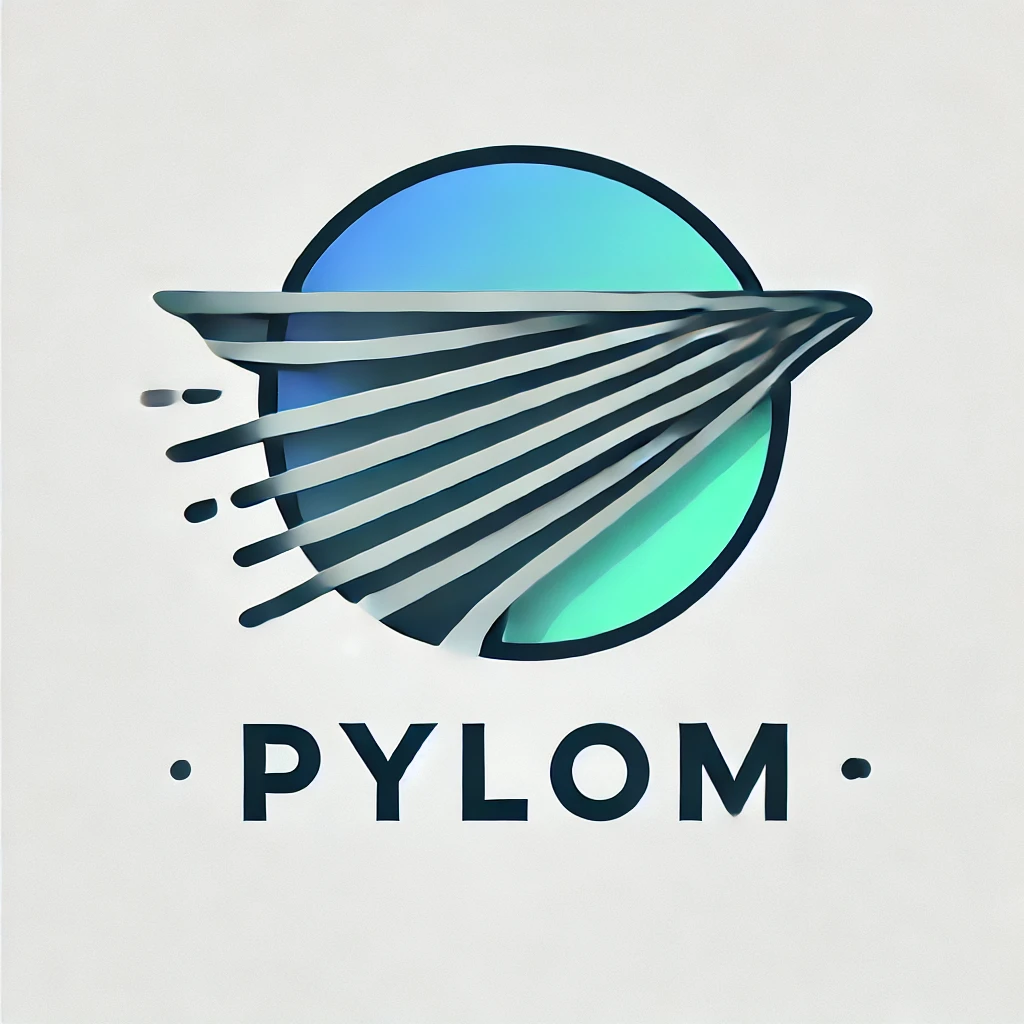#!/usr/bin/env python
#
# pyLOM - Python Low Order Modeling.
#
# POD general utilities.
#
# Last rev: 29/10/2021
from __future__ import print_function, division
import numpy as np
from ..utils.gpu import cp
from .. import inp_out as io, PartitionTable
from ..utils import cr_nvtx as cr, gpu_to_cpu
from ..PCA import run as pcarun, T2score
from ..vmmath import fft
[docs]
@cr('POD.save')
def save(fname:str,U:np.ndarray,S:np.ndarray,V:np.ndarray,ptable:PartitionTable,nvars:int=1,pointData:bool=True,mode:str='w'):
r'''
Store POD results in serial or parallel according to the partition used to compute the POD. It will be saved on a h5 file.
Args:
fname (str): path to the .h5 file in which the POD will be saved
U (np.ndarray): spatial modes to save. To avoid saving the spatial modes, just give None as input
S (np.ndarray): singular values to save. To avoid saving the singular values, just give None as input
V (np.ndarray): temporal coefficients to save. To avoid saving the temporal coefficients, just give None as input
ptable (PartitionTable): partition table used to compute the POD
nvars (int, optional): number of concatenated variables when computing the POD (default ``1``)
pointData (bool, optional): bool to specify if the POD was performed either on point data or cell data (default ``True``)
mode (str, optional): mode in which the HDF5 file is opened, 'w' stands for write mode and 'a' stands for append mode. Write mode will overwrite the file and append mode will add the informaiton at the end of the current file, choose with great care what to do in your case (default ``w``).
'''
io.h5_save_POD(fname,gpu_to_cpu(U),gpu_to_cpu(S),gpu_to_cpu(V),ptable,nvars=nvars,pointData=pointData,mode=mode)
[docs]
@cr('POD.load')
def load(fname:str,vars:list=['U','S','V'],nmod:int=-1,ptable:PartitionTable=None):
r'''
Load POD results from a .h5 file in serial or parallel according to the partition used to compute the POD.
Args:
fname (str): path to the .h5 file in which the POD was saved
vars (list): list of variables to load. The following notation, consistent with the save function, is used,
'U': spatial modes
'S': singular values
'V': temporal coefficients
the default option is to load them all, but it is not recommended to load the spatial modes if they are not going to be used during the rest of the script.
nmod (int, optional): number of modes to load. By default it will load all the saved modes (default, ``-1``)
ptable (PartitionTable, optional): partition table to use when loading the data (default ``None``).
'''
return io.h5_load_POD(fname,vars,nmod,ptable)
[docs]
@cr('POD.cluster')
def coherent_modes(V:np.ndarray, time:np.ndarray, divide_variance:bool=False, ncomp:int=1, confidence:bool=0.8):
r'''
Cluster the modes according to the coherence of their temporal coefficient. Methodology fully described in:
Eiximeno, B., Sanchís-Agudo, M., Miró, A., Rodríguez, I., Vinuesa, R., & Lehmkuhl, O. (2024).
On Deep-Learning-Based Closures for Algebraic Surrogate Models of Turbulent Flows. arXiv preprint arXiv:2412.04239.
https://doi.org/10.48550/arXiv.2412.04239
Args:
V (np.ndarray): temporal coefficients of the POD modes
time (np.ndarray): instants where the coefficients are computed
divide_variance (bool, optional): whether to normalize the power spectral density with its variance when doing PCA (default ```False```)
ncomp (int, optional): number of components to summarize the scores from PCA analysis when computing T2 (default: ``1``)
confidence (float, optional): threshold confidence interval for clustering according to the T2 statistic. It is computed as in a F probability distribution (default: ``0.8``).
Returns:
[np.ndarray, float, np.ndarray, np.ndarray]: T2 scores, limit between the coherent and non-coherent modes and the arrays containing the coherent and non-coherent modes, respectively.
'''
for ii in range(V.shape[0]):
Vnmean = V[ii,:] - np.mean(V[ii,:])
f1, ps1 = np.array(fft(time.astype(np.double), Vnmean.astype(np.double), equispaced=False))
if ii == 0:
power = np.zeros((V.shape[0],f1.shape[0]))
power[ii,:] = ps1
T,P = pcarun(power.T, divide_variance=divide_variance)
T2, T2_limit = T2score(P, ncomp=ncomp, confidence=confidence)
imodes = np.arange(T2.shape[0])
return T2, T2_limit, imodes[T2>T2_limit], imodes[T2<T2_limit]
